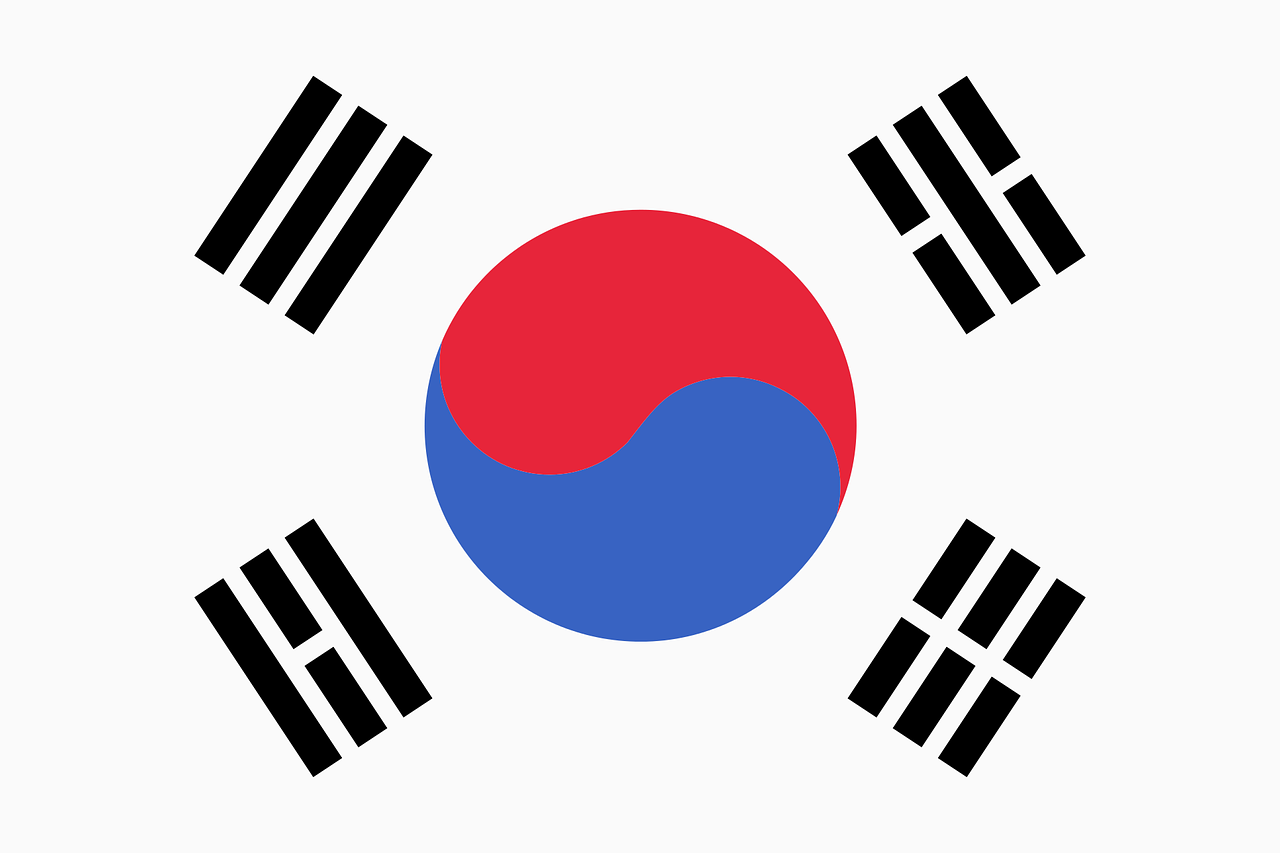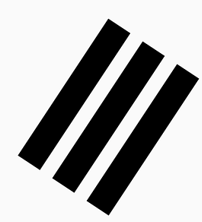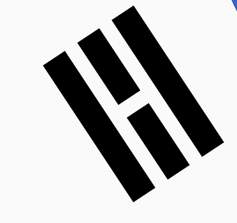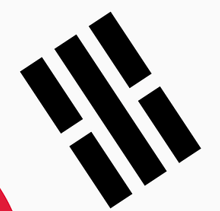Table of Contents
ToggleKorean Flag

Have you seen this flag before?
This is the Korean Flag, more specifically the flag of the Republic of Korea, or South Korea.
The circle at the center was often said to resemble the Pepsi logo.
However, what does the flag really mean? If you’re curious, let’s dive in.
Korean History
Throughout Korean history, Koreans dealt with various philosophical questions.
For instance, Won Hyo, a Korean Buddhist monk, realized that everything is created by our minds.
Considering that Won Hyo was born in 617, his realization of idealism was astonishingly fast.
While Koreans are open to many religions, as can be seen by how modern Koreans adopt all Christianity, Catholics, Buddhism, Taoism and Confucianism, in the past, Taoism, Confucianism and Buddhism were especially popular in Korea.
Koreans especially focused on a book called “Chu-Yeok”.
The Korean word “Chu” refers to the Zhou dynasty of China, which existed between 1046BCE to 256BCE. “Yeok” refers to the character 易, which means “change”.
Therefore, Chu-Yeok is the study of change.
The Eight Gwae
In the study of change, change was represented by symbols that employ binary method.
The rectangle that’s connected throughout is yang (yang in Chinese language).
The rectangle that’s severed at the middle to give rise to two rectangles is eum (yin in Chinese language).
This is a binary system, and you can think of yang as 1 and eum as 0.
The circle at the center of the Korean flag represents the balance of eum and yang.
The red part and the blue part aren’t North Korea and South Korea!
The red part represents the sun and the blue part represents the sea.
The sun, which exists in the sky, balances the sea, which exists at the ground.
Therefore, the circle, or Taegeuk, isn’t really about either the sun or the sea, but about the harmony and balance inherent in nature.
Then what are the black lines at the periphery?
They are the eight gwae. The eight gwae is basically a group of three-digit binary numbers.
If you think about it, you can create eight three-digit binary numbers with yang and eum if yang were 1 and eum were 0.
For the ease of explanation, I will use numbers.

This has three yangs, so is 111 (base 2). 111 (base 2) is 7 (base 10).

This is yang-eum-yang, so 101 (base 2). This corresponds to 5 (base 10).

This is eum-yang-eum, or 010 (base 2). This corresponds to 2 (base 10).

This is eum-eum-eum, or 000 (base 2). This corresponds to 0 (base 10).
If you look at the flag again,

7 is opposite to 0, and 5 is opposite to 2.
Ta-da, make the sum! 7 and 0, opposite to each other, sum up to 7. 5 and 2, opposite to each other, sum up to 7.
Therefore, what the Korean flag really represents is the harmony and balance of the cosmos.
The flag demonstrates a perfect balance between various entities.
Ending The Post About The Korean Flag
Hope you found this post about the Korean flag interesting!
If You Can Read Korean, Try These Posts
탄허 스님, 주역과 정역, 그리고 대한민국이 나아가야 할 길